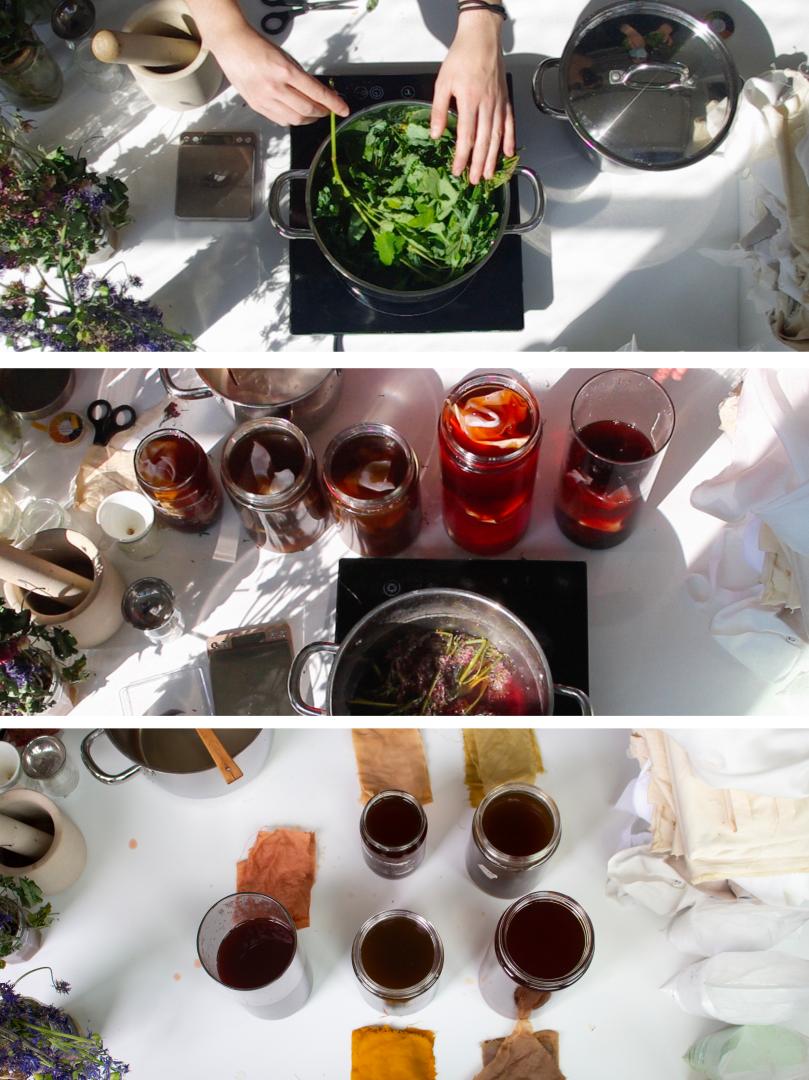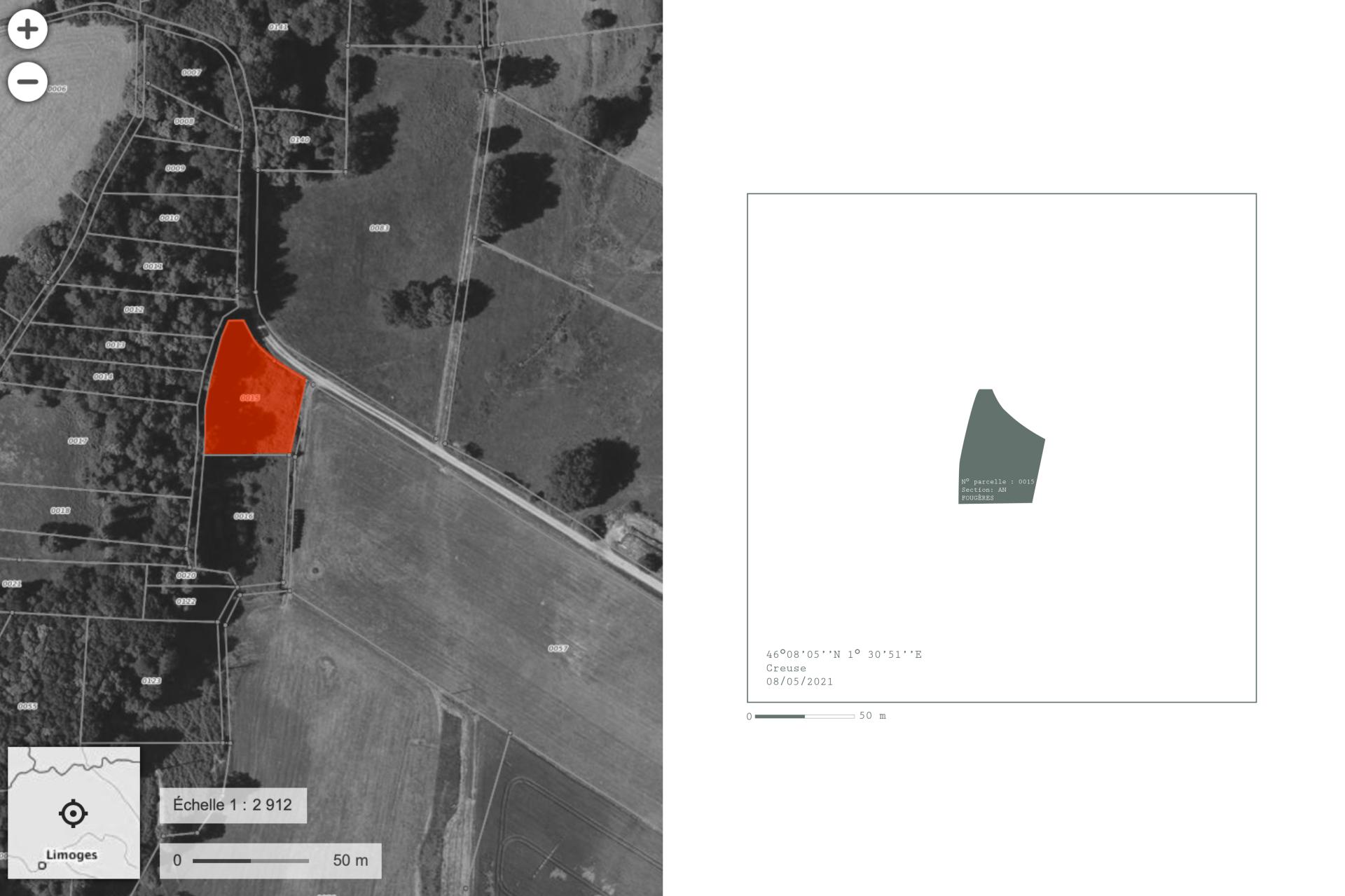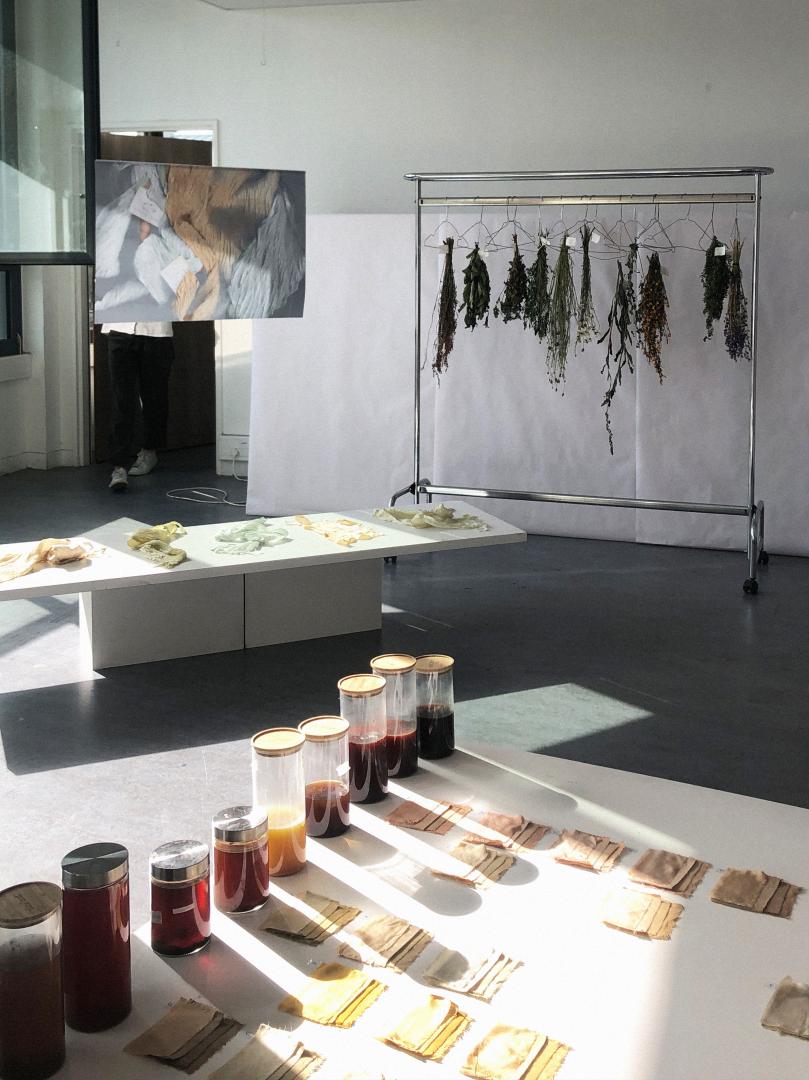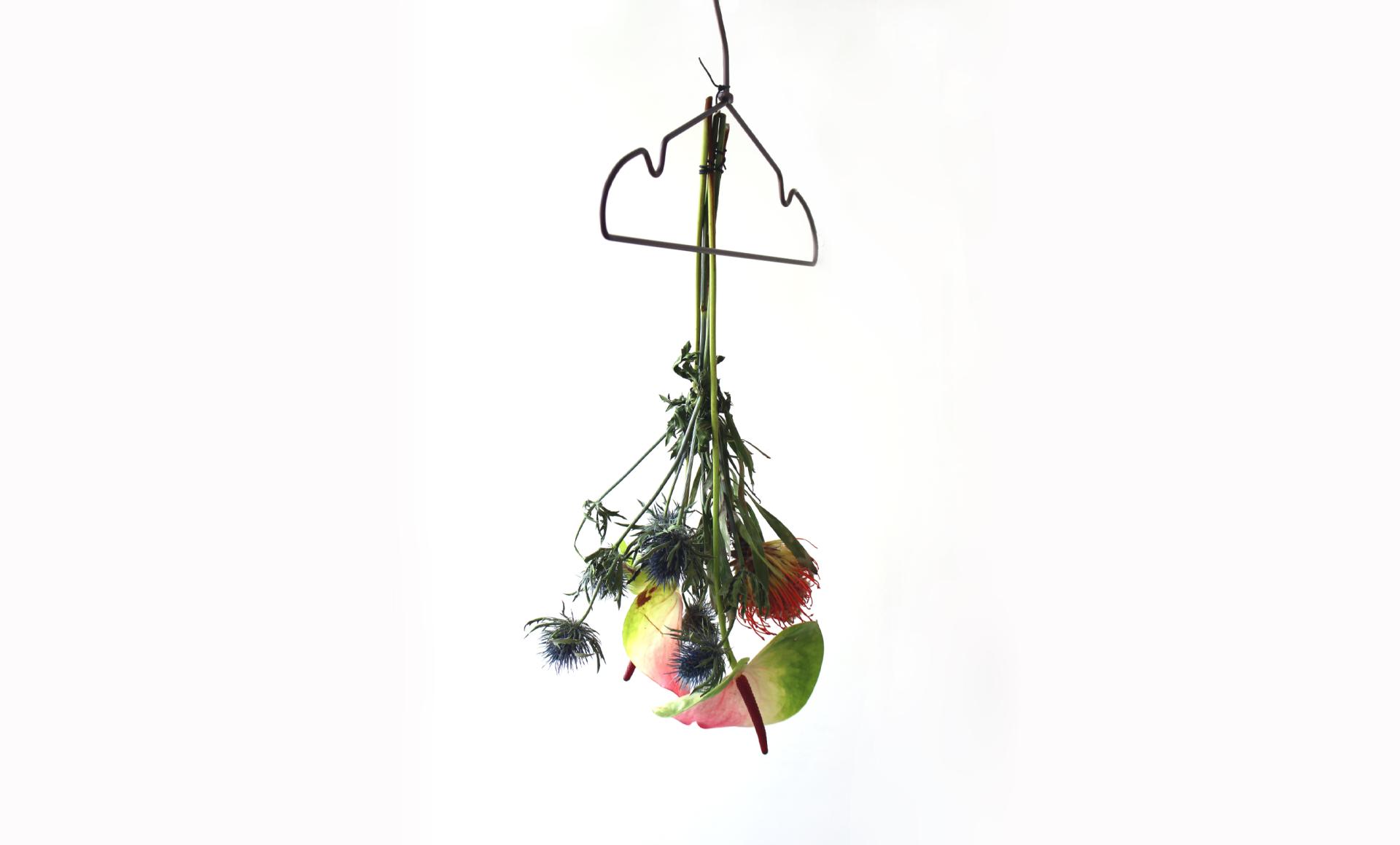Meteorological Wardrobe
Basic information
Project Title
Full project title
Category
Project Description
Can the wardrobe, like the flora and fauna, become impregnated with the seasonal variations specific to a climate?
Can we, as J. Baudrillard proposes in the first sentence of his book The System of Objects, "classify the immense vegetation of objects as a flora or a fauna, with its tropical and glacial species, its sudden mutations, and its endangered species?
Geographical Scope
Project Region
Urban or rural issues
Physical or other transformations
EU Programme or fund
Which funds
Description of the project
Summary
Initially modelled on the rhythm of the seasons, the wardrobe gives rise, like plants, to a flowering of new clothes each season.
But if the fashion calendar is historically rooted in the seasonal cycle to define its temporality, it seems somewhat deprived of meaning today. In fact, it is no longer really the seasonal chronology that marks the pace of clothing, but rather our economy (as shown by fast-fashion, for example).
Therefore, against this dynamic, the idea is to give shape to a clothing mythology which, rather than being based on the seasonal rhythm, is truly rooted in it.
In this perspective, the Meteorological Wardrobe aims to give substance to a textile production that could be classified, like flora and fauna, with its tropical, glacial, continental, polar and arid species, or even its endangered species.
For this reason my wardrobe revolves around colour and dyeing processes. The colour is, here, like a branching point of the various relations which are told between a ground, a territory, a climate, a season and a colour. The textile pieces are "concocted" from "meteorological ingredients" such as rainwater, solar energy, wind energy and "seasonal ingredients" such as plants and seasonal foods. In this case, the pieces presented here were made on the scale of the Creuse climate in the spring of 2021.
Thus, in the same way that we can observe seasonal flowering and blossoming in the landscape, we will be able to observe a form of clothing flowering; fully impregnated with the seasonal variations of a climate.
Key objectives for sustainability
To give shape to my Meteorological Wardrobe I use the territory as raw material. This meteorological wardrobe aims to propose textile pieces fully associated with a specific season and territory. For example, the pieces presented here are associated with Spring 2021 and the Creuse department. In the same way, we can imagine proposing for the following year a Summer 2022 collection in Normandy or a Summer 2022 collection in Lozère.
By imbuing the production process with a biological rhythm, it naturally fits into a natural cycle and therefore respects biodiversity. The desire to make a "seasonal fashion" aims to produce in a more responsible way because in accordance with the resources of an environment.
More concretely, my approach consists of picking plants in a given area (in this case, the Creuse) at a specific time of the year (summer, spring, autumn, winter). Following these harvests, the idea is to make dyes in rainwater baths using a solar dyeing process. Solar radiation and the pH of the rainwater tend to vary the characteristics of the dye bath and thus the final colour on the textile material. In this sense, the mixture of "meteorological ingredients" and "seasonal ingredients" allows us to literally obtain what can be called the "colors of the weather", because it is indeed the solar energy and the rainwater that set the tone and condition the final colour.
In this sense, the strength of my approach lies in its ability to take into account all the resources used in production: sourcing of raw materials, techniques used, amount of energy required for manufacture, etc.
Thus, and ultimately, my objective, through this production process, is to propose a textile production fully regulated by the resources of a chosen environment.
Key objectives for aesthetics and quality
My Meteorological Wardrobe aims to give shape to a new production imaginary fully inscribed in the seasonal chronology.
In order to give an account of this, I am developing both a color chart on various textile samples (silk, viscose, linen, cotton) as well as textile pieces that are closer to the typology of clothing.
> The color chart allows me, first of all, to list and archive simply and efficiently all the colors obtained in the dye baths.
Indeed, each bath is used several times. The idea is to go until the dye bath is exhausted by repeating the dyeing process every day. As you go along, the quantity of dye molecule present in the bath will diminish and the color will eventually disappear.
In this way and in the same way that the flowers disappear in the landscape over time, the color will also fade and disappear little by little. In this perspective, we will obtain a production that will mutate, wither, rot, mature and bloom in the same way as plants.
> The textile pieces serve, in a second phase, to embody this process. They are the end result of the project.
The shape of these textile pieces is obtained from the shape of the plots of land on which I have carried out my harvest. That is to say that each plot gives the shape of a pattern: a pattern as a plot.
The collection, made up of all the textile pieces, thus takes the form of an experimental fashion where each garment is the object of a unique piece. This logic allows me to achieve a constant renewal of forms insofar as each territory is made up of different parcels and therefore an almost inexhaustible source of forms.
Key objectives for inclusion
Beyond the textile production carried by this Meteorological Wardrobe, this project aims to raise and create new dialogues and open new perspectives between fashion and agriculture.
Also, this creative process aims, in a way, to value the territory in which the production of the textile pieces takes place. To date, my project has been demonstrated on a single territory, that of the Creuse. However, the interest would be to develop and move this approach to other territories. In this perspective, the project would then take on a "universal" dimension in the sense that it could be developed in any type of place and therefore any country.
Physical or other transformations
Innovative character
Through this Meteorological Wardrobe I have initiated a design process centred on the work of colour.
As explained earlier, color is, here, a point of ramification of the different relationships that are told between a soil, a territory, a climate, a season and a color.
In this perspective I question, from this simple work of colors and dyes, various issues such as local production, sourcing of materials, atmospheric pollution or the place of agriculture in fashion.




